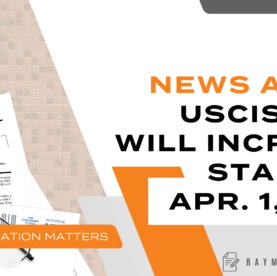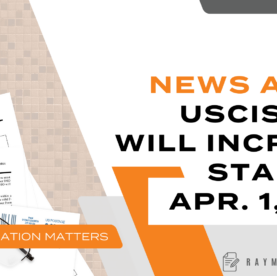Government Shutdown Looms Larger As President Seeks Funding For Border Wall
Last week, President Trump threatened to force a government shutdown if Congress did not provide funding for a wall along America’s southern border with Mexico.
In April of this year, Congress reached an agreement on a budget to fund the federal government through September 30, 2017, forcing Congress back to the negotiating table next month in order to agree to a new budget beyond that date. At a rally in Phoenix, Arizona, on Tuesday night, the president told his supporters that if “we have to close down our government, we’re building that wall.” He further stated that “one way or another, we’re going to get that wall.”
But as President Trump threatened a shutdown, many Republicans in Congress remained skeptical. For instance, Speaker of the House Paul Ryan said, “I don’t think a government shutdown is necessary and I don’t think most people want to see a government shutdown, ourselves included.” Meanwhile, Democrats strongly oppose the shutdown; Senate Minority Leader Chuck Schumer said although “the discussions between our two sides have been constructive, and have been progressing nicely, . . . if the administration insists on funding for a wall in this bill, it will endanger the prospects of the bill passing and raise the prospects of a government shutdown.”
Businesses have taken the threat of a shutdown seriously. The morning following the president’s remarks in Arizona, stocks fell, and Compass Point, a business consulting and research firm, issued a statement saying that the President had substantially raised the risk of a government shutdown this October. Moreover, Fitch Ratings Service indicated that if the government does not reach a budget deal to raise the debt ceiling, America’s AAA credit rating would be in jeopardy.
Even a brief shutdown would cause a major disruption to the economy and government. In October 2013, the government shut down for 16 days – the third longest period in American history – causing numerous issues in the federal government, including delayed IRS processing, lack of funding for programs on Native American lands, closures of immigration courts, and loss of access for children to the Head Start Program, among others. The shutdown also cost the American economy billions of dollars.
The NMM Immigration Blog will continue to provide updates as this issue progresses. If you have questions regarding immigration, please contact me at wcmenard@nmmlaw.com.





